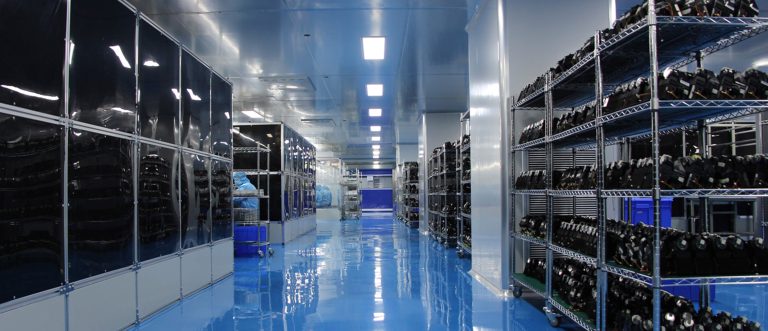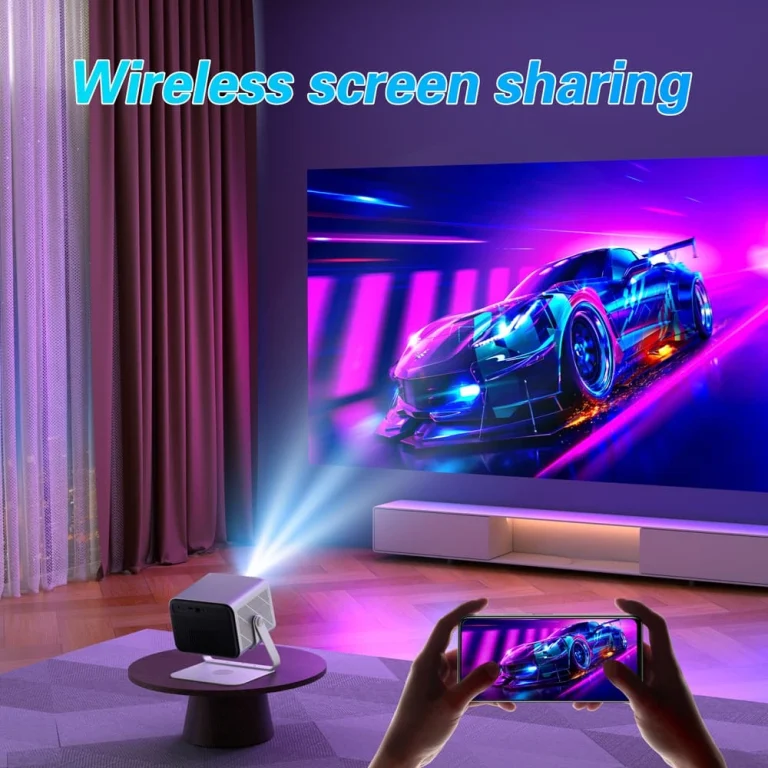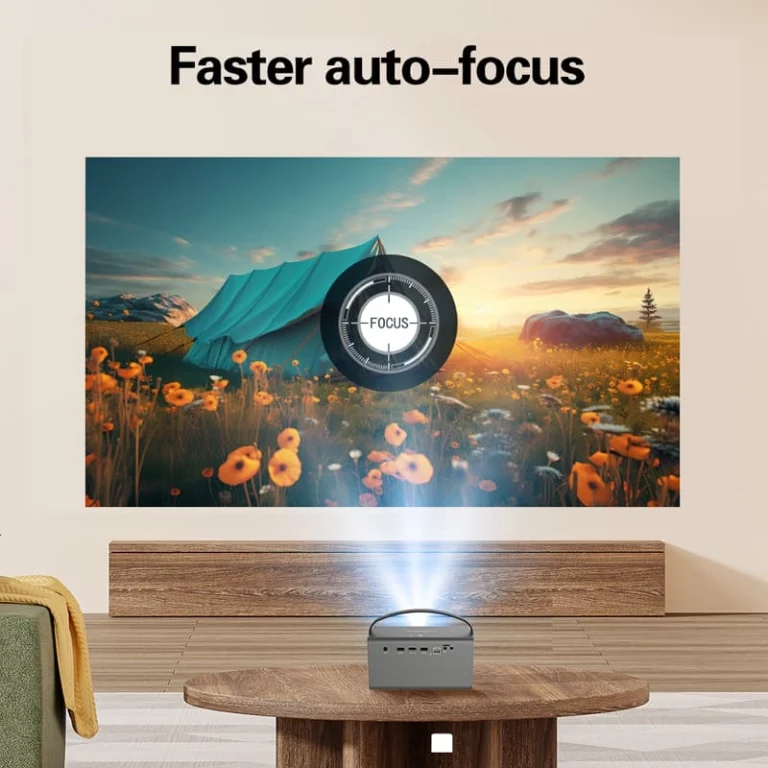Projectors are no longer only for classrooms or business meetings. They’ve turned into something much bigger. Today, you’ll see them at home for weekend movies, in dorms for late-night gaming, or even on camping trips. With so many options out there, the big question is often mini projector vs. standard projector. On the surface, it looks like a simple choice—mini projectors are small and easy to carry, while standard projectors give you stronger performance. But real life is more complicated. Is portability really worth giving up power? Let’s take a closer look.
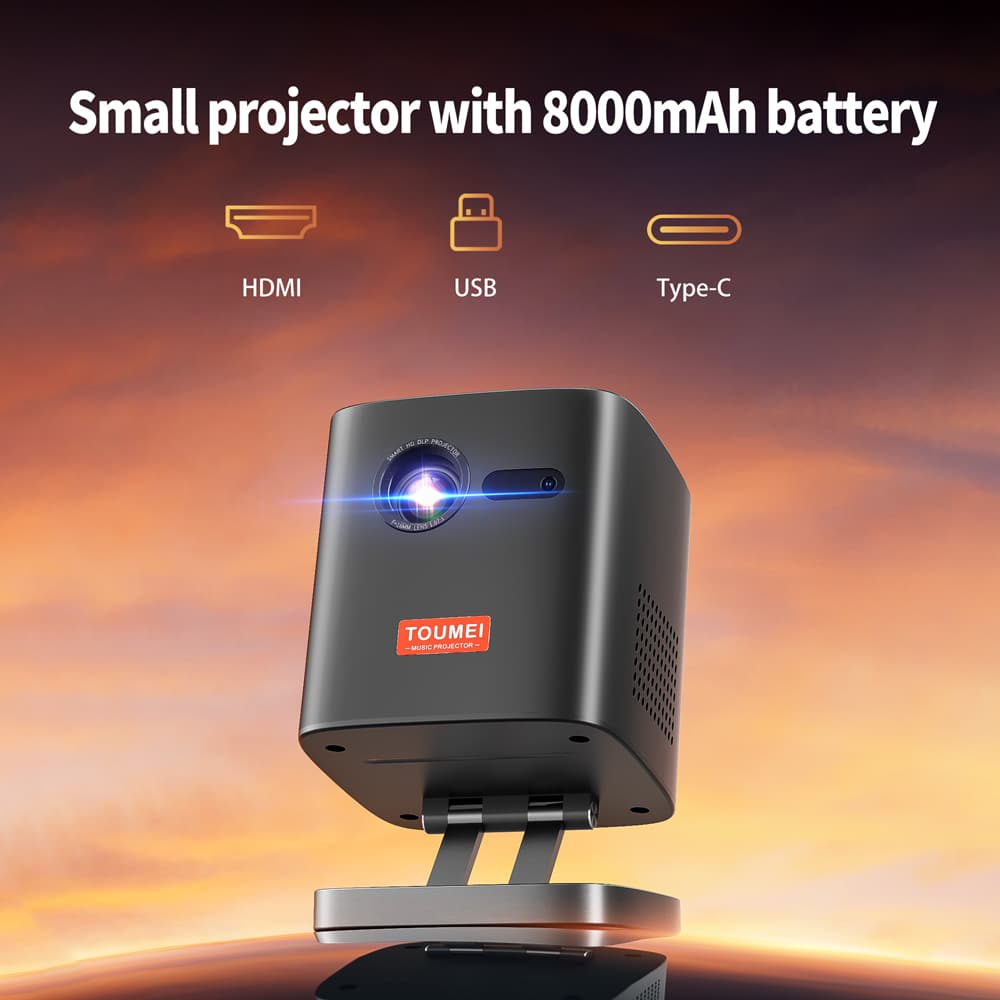
What Defines a Mini Projector?
A mini projector is just what it sounds like: small, light, and built to move around. Most of them are no bigger than a book, and a lot weigh under two pounds. You can drop one into a backpack and not even notice the weight. Some are so small they fit in one hand.
Unlike full-size projectors, mini projectors are made with flexibility in mind. They don’t try to be the absolute brightest machine in the room. Instead, they focus on making setup quick and keeping the experience simple.
Take Toumei Projector’s C Series as an example. Models like the C2000, C900, and C1000 show how far mini projectors have come. They’re not just toys. These devices give you wireless screen casting, built-in speakers, and advanced LED or laser light sources. They look sleek, but more importantly, they give you a mix of mobility and solid performance for daily life.
What Defines a Standard Projector?
Standard projectors are the larger, heavier versions you’ll often see in boardrooms, auditoriums, or home theaters. These machines are meant to stay put. They’re not the kind of thing you casually toss into your bag.
The strength of a standard projector lies in its power. They’re built for big, bright, and sharp visuals. Because of their size, they can pack in high-output lamps, advanced lenses, and cooling systems that can run for hours without overheating.
Some typical qualities include:
Brightness that works even with the lights on
More precise color handling, useful for serious presentations or theater setups
Plenty of connection ports for all kinds of devices
Sturdier systems for long, continuous use
They’re impressive, but they’re not designed for a “grab and go” lifestyle.
Side-by-Side Comparison
It helps to lay the differences out clearly. Here’s how the two types usually compare:
Feature | Mini Projector (Toumei C Series) | Standard Projector |
Size & Weight | Very small, usually under 2 kg | Bulky, often 3–10+ kg |
Brightness | 180-200 ANSI lumens | 2000–5000+ ANSI lumens |
Setup | Simple, wireless, quick start | More cables, fixed use |
Image Size | Works well for 60–120 inches | Can handle 150+ inches |
Best Use | Travel, small rooms, outdoor casual viewing | Home theaters, classrooms, conferences |
Power Options | Many with battery or USB-C | Almost always AC only |
Cost Range | From budget to mid-range | Mid-range to premium |
When Does a Mini Projector Make Sense?
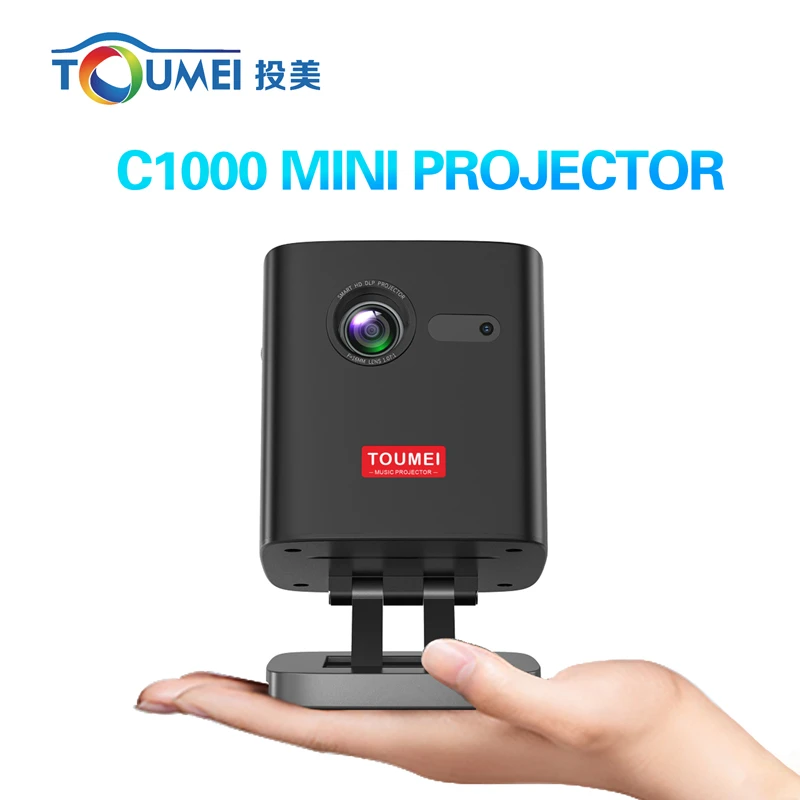
Mini projectors shine when you need something flexible. They don’t demand much space or planning. You set them down, connect wirelessly, and you’re rolling.
They’re especially handy for:
Travelers who want a screen anywhere, like hotel rooms or Airbnb stays.
Students using dorm walls for group study or weekend movies.
Families pulling together backyard movie nights on a blank wall.
Gamers who don’t want the hassle of wires and heavy gear.
Sure, they won’t fill a giant auditorium, but in small to medium spaces, they get the job done nicely. And in darker rooms, the difference between them and larger machines isn’t always that obvious.
When Is a Standard Projector the Right Choice?
There are still moments when mini projectors can’t compete. Brightness and size matter in certain environments.
Classrooms or Large Halls need the high lumen output of bigger projectors.
Professional Settings like corporate presentations require crisp detail under overhead lights.
Home Theater Enthusiasts often want the giant-screen effect that only a powerful standard projector can provide.
If your goal is professional-grade projection or true theater-level immersion, then a full-size projector is still the safer bet.
The Trade-Off: Portability vs. Power
So, here’s the core of the debate: do you prefer being able to carry your projector everywhere, or do you want maximum picture quality without compromise?
With a mini projector like the Toumei C2000, you’re free to move. One night you might use it in the living room, the next on the ceiling above your bed, and the next in a backyard tent. You aren’t tied down.
With a standard projector, you’re committing to one space. It’s heavier, requires more planning, but gives you more brightness and consistency.
What’s interesting is that the gap is narrowing. Newer mini projectors are much brighter than models from just a few years ago. LED and laser sources keep improving, making them more capable every year.
Real-Life Scenario: A Weekend Trip
Picture this: you’re heading out on a road trip with a couple of friends. Someone suggests a movie night. Do you pack a 15-pound standard projector? Probably not. But a Toumei C1000 mini projector? That fits in a bag with room to spare.
When you arrive, you grab a blank wall, pull out your phone, and cast the movie wirelessly. Within minutes, everyone’s watching. It’s fun, fast, and doesn’t require a whole lot of planning.
That doesn’t mean standard projectors are bad—they’re still fantastic for permanent setups. But in casual, everyday situations, the mini projector feels more in tune with how people actually live.
Industry Trends
The market itself is shifting toward portability. Research shows that portable projectors are one of the fastest-growing segments in the industry. More people are buying projectors for entertainment than for work, and lifestyles are changing with it.
It’s a trend we’ve seen in other devices too: laptops over desktops, wireless speakers over wired systems, foldable bikes in crowded cities. Portability keeps winning because people want gear that adapts to them, not the other way around.
Why Toumei Projector’s C Series Fits the Debate

The Toumei C Series was designed for this exact shift. These projectors don’t force you to pick between tiny portability and actual usability. Instead, they mix both.
They offer:
Clean, modern designs that look as good as they feel to carry
Brightness levels good enough for daily home or travel use
Projection angles for front, rear, or ceiling setups
Wireless casting for quick connections with phones or laptops
Strong build that can take frequent handling
This is why so many everyday users say the trade-off is worth it. You get the freedom of portability, while still enjoying a picture that looks surprisingly good for the size.
Introducing Toumei Projector
Toumei Projector has built its name by focusing on compact projectors that fit modern life. The company has years of experience and keeps up with new light technologies like LED and laser.
Its C Series reflects a balance: small enough to carry anywhere, but powerful enough to satisfy real-world needs. On top of that, Toumei offers OEM and ODM services, which means they also create custom projector solutions for larger buyers. This makes them not just a brand for personal use, but also a serious supplier in the industry.
Conclusion
The discussion of mini projector vs. standard projector doesn’t really end with one winner. Instead, it depends on what you want. If you need something light, easy to move, and flexible, a mini projector like the Toumei C Series makes sense. If you’re building a theater or working in a professional setting, a standard projector is still the champion.
For more and more people, though, portability is no longer just a perk—it’s the main reason they buy. And when portability meets decent brightness and sound, the trade-off feels not only fair but smart.


